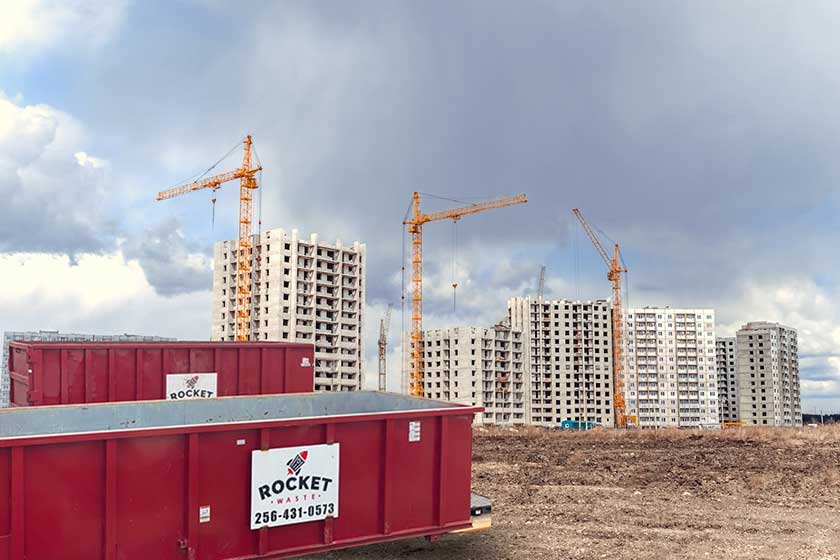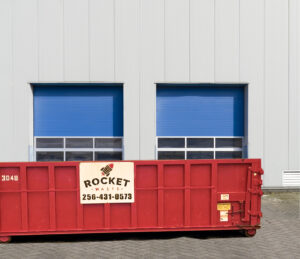A new era is beginning in the construction industry, and we need to shift our focus to proper construction waste removal, which has been often overlooked. Global developmental narratives are becoming more and more dire. This highlights the need to discuss and take action on construction waste removal. Now, it’s not just a boring task. It requires careful planning and execution strategies. Today, we’ll be talking about “construction waste removal.” This topic emphasizes the need for effective waste management in the construction industry by using comprehensive methods and best practices.
Remember, we are building not just for today, but for our future generations. Therefore, our strategies need to be as sustainable as they can get. Let’s construct with conscience and dispose with care.
Categorization of Construction Waste
To dispose of your project efficiently, the first step is to understand the type of waste it produces. Construction wastes can be divided into three types: debris and rubble, hazardous materials, and non-hazardous materials. For effective waste management, it’s crucial to segregate these wastes properly. Hazardous wastes must be disposed of according to strict regulations to avoid harm to people and the environment. On the other hand, non-hazardous waste can either be recycled or dumped safely.
Collaboration with Waste Removal Companies
Collaborating with waste removal companies is a reliable solution to ensure proper waste disposal. They don’t just take everything away. Instead, they make sure that the waste is recycled, recovered, or disposed of in accordance with the industry’s environmental rules. This alliance helps project owners ensure they comply with waste disposal laws as well.
Recycling Over Disposal
Aiming for an environmentally friendly project? Start by prioritizing recycling. It has a significant impact on the environment. Modern construction generates a lot of recyclable waste. Proper disposal of this waste can reduce project costs and carbon footprint. A few examples of recyclable waste include concrete, metal, wood, and glass.
Reusing Construction Materials
Is it really necessary to dispose of waste immediately? Reusing construction materials can greatly reduce the amount of new waste produced during construction. Several materials like bricks, tiles, fixtures, or appliances can be reused in new construction projects based on their quality and condition.
Disposal After Proper Treatment
When waste cannot be recycled or reused, the next best option is disposal. However, this should only happen after proper treatment has been carried out. This step reduces the harm to the environment caused by disposing of these wastes.
Compliance with Regulations
Adhering to rules and regulations is an important aspect of construction waste removal. To improve your brick-and-mortar project, it’s important to follow construction norms and meet waste removal standards set by local and international authorities to protect the environment. Non-compliance can result in severe penalties, such as fines and legal actions taken against property or project owners.
Waste Management Plan
The importance of waste management cannot be emphasized too much. It is crucial to have a thorough waste management plan for any construction project. This plan should outline how waste is managed throughout every stage of your project. It includes design, construction, and post-construction. By prioritizing waste management from the start, construction projects can effectively reduce, reuse, and recycle waste. This not only contributes to sustainability but also leads to cost savings.
Training and Awareness for Workforce
Empowerment of your workforce plays an integral part in waste management. Your crew needs to know and understand effective ways to remove construction waste. Training sessions that are conducted in a timely manner can teach this knowledge and motivate the staff to actively participate in waste management efforts. This can lead to less waste on-site, encourage recycling and reusing of materials, and help with proper waste sorting and disposal.




